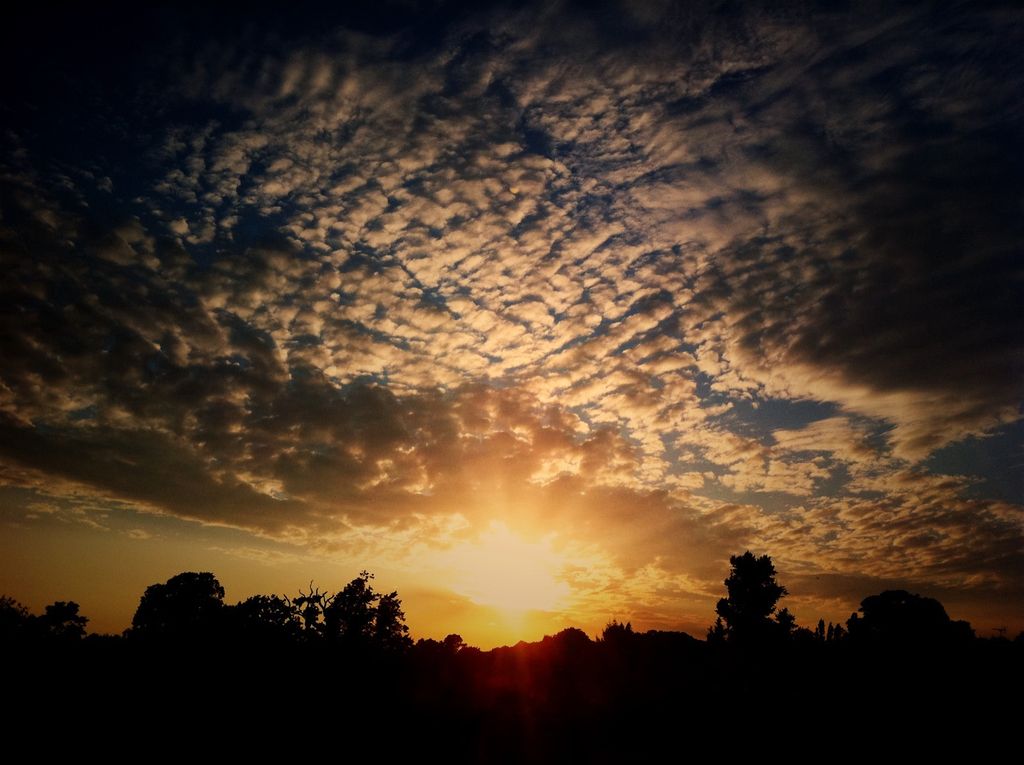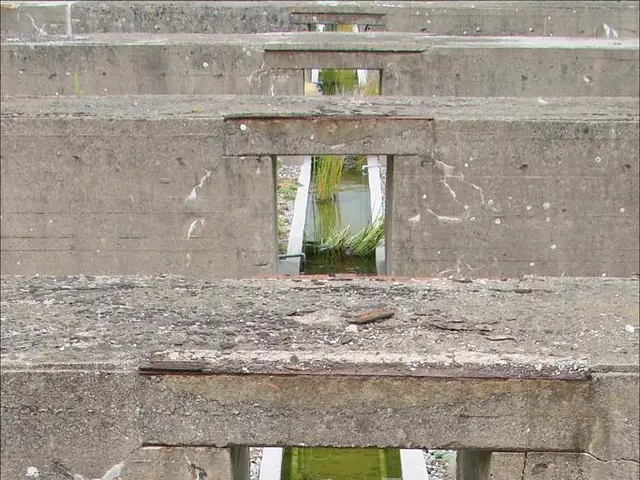Violent Eruption of Mount Etna: Chaos as European Tourists Scramble to Escape Europe's Highest Volcano in Sicily
Mount Etna stole the spotlight once more, on June 2, 2025, with an awe-inspiring display of nature's fury. The Sicilian volcano erupted around 10 AM local time, sending a colossal plume of ash and steam soaring into the sky, reaching heights of over 21,000 meters – more than twice the volcano's own height. As the scene unfolded, unsuspecting tourists near the summit rushed to safety as the sky turned a foreboding shade of gray beneath a mushroom-shaped cloud of ash.
The Chaos Unfolds: A Partial Crater Collapse
The explosive activity intensified at 11:23 AM when the southeastern crater partially collapsed, triggering a fast-moving pyroclastic flow – a deadly mix of superheated gas, ash, and rock fragments. This deadly torrent surged over a mile (2 km) into the Valle del Leone within just 60 seconds. Infrared satellite images captured by the Copernicus Sentinel-2 mission revealed the lava's thermal signature gleaming against the mountain's darkened slopes.
The eruption rapidly transformed into a "lava fountain," a rare and mesmerizing event where molten rock is ejected hundreds of feet into the air. Footage captured on social media showed hikers scrambling along paths as billowing smoke filled the horizon behind them, offering a glimpse of a disaster movie overtaking an idyllic tourist outing.
The Science Behind the Eruption: Why This Event Was Different
Although Etna typically erupts several times a year, this event was marked by its surprising pyroclastic flow – a less common yet far more dangerous aspect of the volcano's behavior. These flows race at speeds of 450 mph (724 km/h) and temperatures over 1,000°F (538°C).
A combination of factors contributed to the eruption's intensity, according to experts:
- Rising magma probably caused the pyroclastic flow by interacting with residual snowfall, resulting in explosive fragmentation driven by steam.
- The partial collapse of the southeast crater wall allowed pent-up pressure to release, resulting in the impressive lava fountain display.
- Unusually high SO2 levels observed by satellite data suggested significant deep magma movement.
The Invisible Threat: Volcanic Smog
While the eruption of ash and lava makes for headlines, the real sleeper hazard is volcanic smog (vog). Vog is created when sulfur dioxide (SO2) mixes with atmospheric moisture and sunlight. The CDC warns that vog could cause coughing, eye irritation, headaches, and trouble breathing, particularly for children and those with respiratory problems. In extreme cases, SO2 can cause asthma attacks at doses as low as 0.2-0.5 ppm, and extended exposure to 5 ppm may be fatal. However, officials in Sicily minimized immediate hazards since most of the plume was carried away from populated areas by prevailing winds.
Close Calls and Unfazed Locals
Etna's slopes attract adventurers, but Monday's eruption served as a stark reminder of nature's unpredictability. Authorities swiftly closed access to the summit, though some visitors were already on the mountain when the eruption began. One viral video showed a group of hikers sprinting downhill as the pyroclastic flow approached in the distance, offering a heart-stopping demonstration of Etna's capricious nature.
Yet, local guides remained unfazed, likening Etna's activity to a friendly greeting. "This is Etna's way of saying hello," said one volcanologist. "She's restless, but she rarely harms us". Indeed, the volcano's frequent activity has made the Sicilian people skilled at coexisting with it. Farmers even prize the mineral-rich soil it provides.
Aviation Disruptions and Resilience
As ash can damage jet engines by melting into glass-like deposits, the eruption momentarily set off a red alert for aviation. Catania Airport, just 30 miles south, managed to stay operational thanks to favorable winds. However, the Toulouse Volcanic Ash Advisory Center tracked the ash cloud's westward drift.
This near-miss is a reminder of past disturbances. In one day in 2017, Etna's ash caused forty flight cancellations. Modern monitoring systems enable pilots to reroute in real time, reducing travel disruptions.
A Long-standing Legacy: From Myths to Modern Science
Etna's eruptions have shaped Sicilian history for millennia. In 396 B.C., its lava flows allegedly repelled a Carthaginian invasion. The 1669 eruption buried parts of Catania under 30 feet of rock. Today, it serves as a living laboratory:
- Strombolian vs. Effusive: Most eruptions are "Strombolian," characterized by small, frequent explosions but Monday's event leaned more toward a Vulcanian style, which is more violent.
- Climate Impact: Etna emits ~10% of global volcanic SO2, influencing regional air quality and even Earth's climate.
Conclusion: A Volcano That Never Sleeps
Despite the spectacle offered by Etna, visitors were advised to respect the dangerous beauty of the active volcano. "Etna isn't just a mountain," notes Stefano Branca of INGV. "It's a force of nature which writes its own rules". Etna's next performance is just a matter of time.
The volcano quotes now; but its next act awaits.
Sources:
- LiveScience
- New York Times
Jan OtteJan Otte is a passionate conservationist and one of the founders of Animals Around The Globe. He holds an MSc in Finance & Economics and is a certified PADI Open Water Diver. His favorite animals are Mountain Gorillas, Tigers, and Great White Sharks. He has lived in South Africa, Germany, the USA, Ireland, Italy, China, and Australia. Before AATG, Jan worked for Google, Axel Springer, BMW, and other leading companies.
- The eruption of Mount Etna on June 2, 2025, displayed a captivating blend of science, technology, and wildlife, with the event captured on social media.
- Unexpectedly, the eruption was marked by a pyroclastic flow, a less frequent but far more dangerous aspect, reaching speeds of 450 mph (724 km/h) and temperatures over 1,000°F (538°C).
- Volcanic smog (vog), created when sulfur dioxide mixes with atmospheric moisture and sunlight, posed an invisible threat during the event, potentially causing coughing, eye irritation, and headaches.
- Despite the risks, locals viewed the eruption as a friendly greeting, coexisting with the active volcano for centuries and even valuing its mineral-rich soil for farming.
- The eruption momentarily disrupted aviation due to ash damage to jet engines, but modern monitoring systems enabled real-time rerouting, minimizing travel disruptions.
- Etna's eruptions have contributed to Sicilian history for millennia and serve as a living laboratory for environmental science, climate change, and even space-and-astronomy research.
- The trajectory of climate change and health-and-wellness consequences extends to the environment, as Etna emits ~10% of global volcanic SO2, impacting regional air quality and Earth's climate.
- Amidst the chaos, Mount Etna continues its enduring legacy as a symbol of the complex interplay between lifestyle, business, technology, travel, and sports, reminding us that it's not just a mountain – it's a force of nature that writes its own rules.








